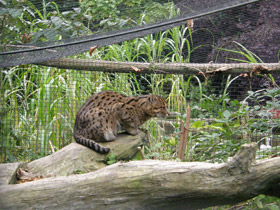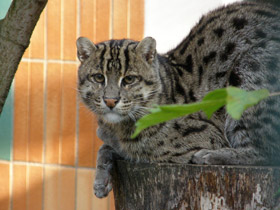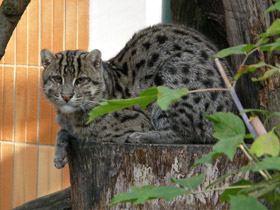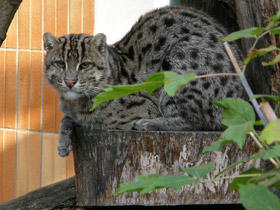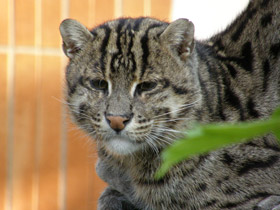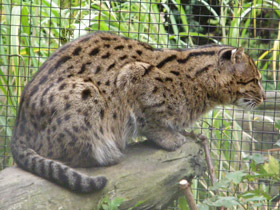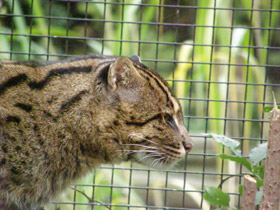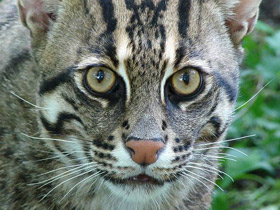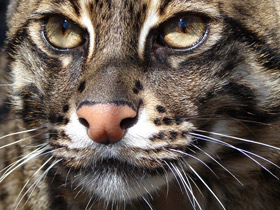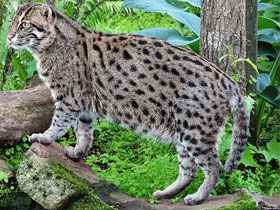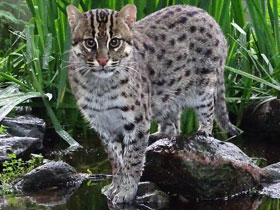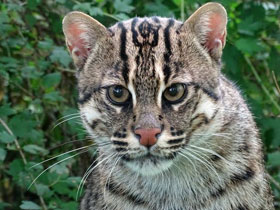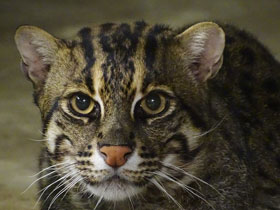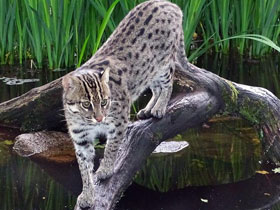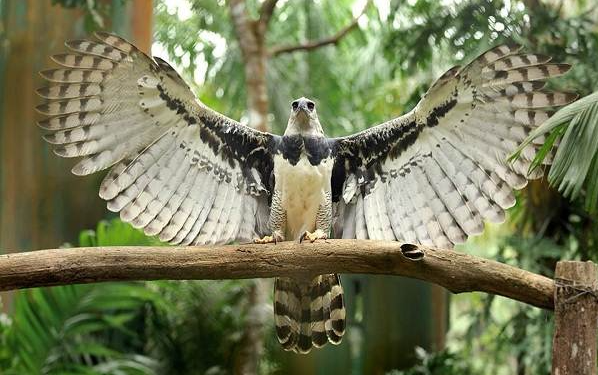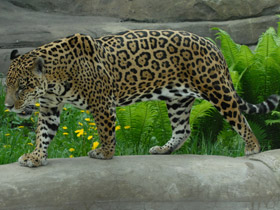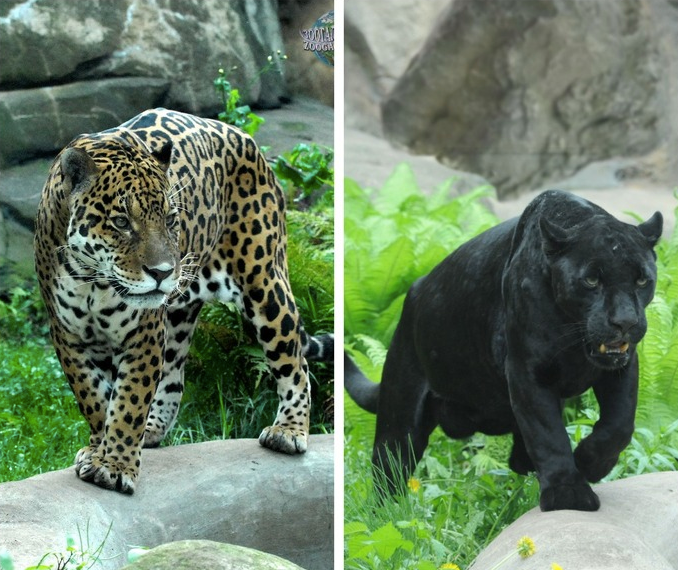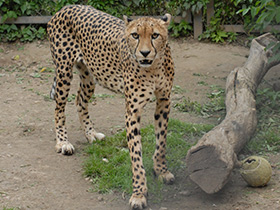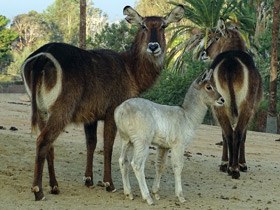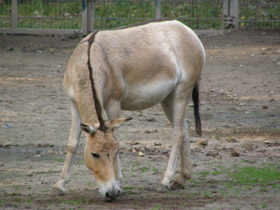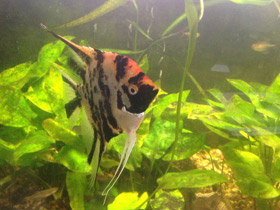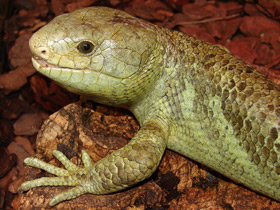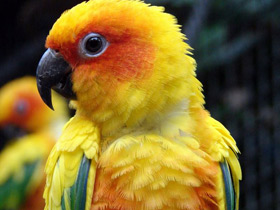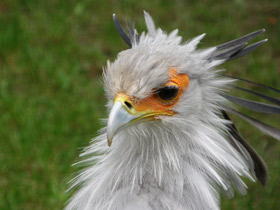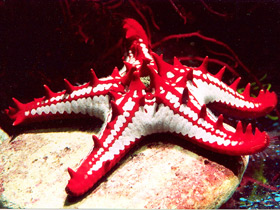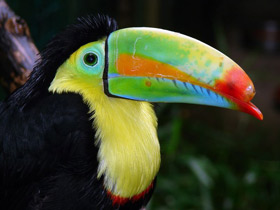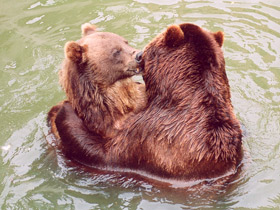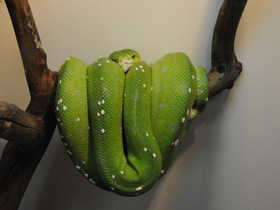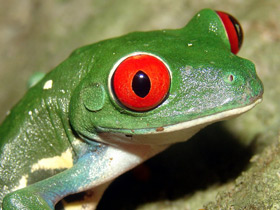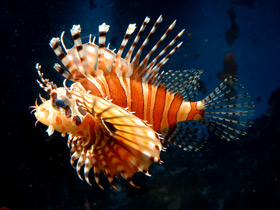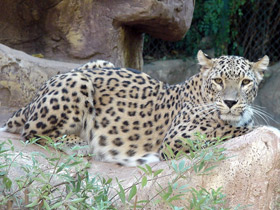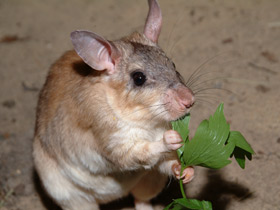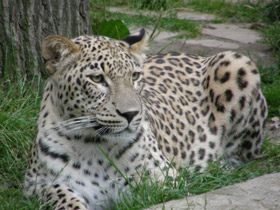El Gato pescador Felis viverrinus
Este animal extraordinario se llama también el gato pescador viverrino, viverrina, gato de pez asiático. Se le encuentra en Sri Lanka, en la costa de Asia Sur y Sudeste hasta Península de Malaca y Sumatra; los más pequeños representantes de esta especie viven en las islas de Java y Bali. El gato pescador es un habitante de las junglas húmedas hasta 1500 metros sobre el nivel del mar, los manglares, ríos y arroyos. Tiene el cuerpo fuerte y musculoso 95-120 cm de longitud, las patas cortas, la cabeza grande de forma redonda con mandíbulas fuertes. Su cuello también es corto, las orejas redondas y pequeñas de postura baja a los lados de la cabeza, la cola no es larga (26-36 cm) y es robusta en la base. Las hembras de este salvaje son más pequeñas que los machos, pesan solamente 6-7 kg mientras que el peso del macho puede alcanzar 11-15 kg. La piel corta y basta de este gato es pintada de color oliváceo marrón o gris, que lo hace poco destacado en las malezas. Es asombroso que tenga membranas entre los dedos de las patas delanteras; no dejan undirse a las uñas grandes y agudas pero en el agua ayudan a pescar. El gato puede también subir los árboles pero lo hace muy raro. Más a menudo se lo puede ver paseando en el estiaje. Nada muy bien usando su cola como timón. El gato pescador es un animal solitario, cada uno tiene su propio territorio. Como indica su nombre, la comida preferida de este salvaje es el pescado. Lo caza por el día mientras que en crepúsculos y por la noche puede cazar otra presa. Pescando el gato se queda en la costa del arroyo o del río y al ver una pez la capta súbitamente con su pata de uñas largas. Puede cazar también sapos, ranas, crustáceos, serpientes, mamíferos pequeños y aves, hasta a veces ataca aves de corral, perros, cabras y terneros.
Se reproducen durante todo el año. 2-3 gatitos ciegos pare la hembra en la guarida que suele hacer en cañaverales o matorrales, cuevas naturales, árboles huecos. Las crías abren los ojos después de 15 días, la madre las amamanta hasta la edad de 3 meses, luego empieza a darles carne. Se hacen adultos los gatitos a la edad de 9 meses. Los machos que están encerrados ayudan a la hembra cuidar las crías, sin embargo no sabemos a ciencia cierta cómo se portan en la naturaleza.
Atrapados en la edad temprana, se domestican bien y familializan con el hombre. Sin embargo la gente local persigue los gatos que les roban aves de corral y devastan reservas del pescado. Además el carne y la piel de estos gatos los usan los aborigenos en la medicina naturista para preparar remedios. El gato pescador es un animal raro incluído en la Lista Roja de la UICN.











